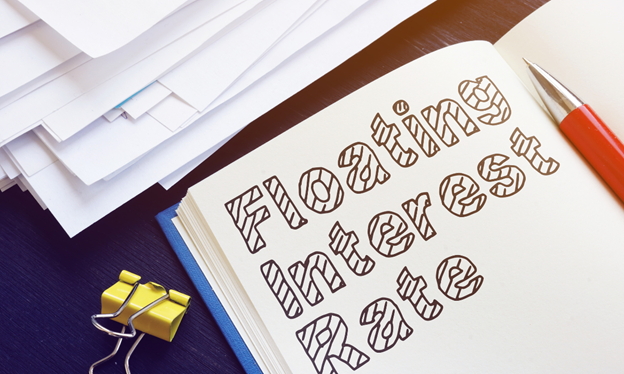 When you apply for a new mortgage, the lender will evaluate your creditworthiness to determine whether to approve your application and what terms and interest rate to offer you. Your existing debt can affect your creditworthiness in several ways:
When you apply for a new mortgage, the lender will evaluate your creditworthiness to determine whether to approve your application and what terms and interest rate to offer you. Your existing debt can affect your creditworthiness in several ways:
Debt-to-income ratio (DTI): Your DTI ratio is the percentage of your monthly income that goes towards paying off debt. Lenders typically want to see a DTI ratio of 43% or less, meaning your debt payments don’t exceed 43% of your gross monthly income. If your existing debt is high, your DTI ratio will be high, and lenders may view you as a riskier borrower. This can make it more difficult to qualify for a new mortgage or result in a higher interest rate.
Credit score: Your credit score is a numerical representation of your creditworthiness, based on your credit history. If you have existing debt and have been making late payments or defaulting on payments, your credit score may have taken a hit. This can make it more difficult to qualify for a new mortgage or result in a higher interest rate.
Payment history: Your payment history is a record of how consistently you have made payments on your existing debt. If you have a history of late payments or defaulting on payments, this can signal to lenders that you may be a riskier borrower, which can make it more difficult to qualify for a new mortgage or result in a higher interest rate.
Available funds for down payment: If you have existing debt, you may not have as much money available for a down payment on a new mortgage. This can make it more difficult to qualify for a new mortgage or result in a higher interest rate.
Overall debt load: Lenders will also consider your overall debt load when evaluating your creditworthiness. If your existing debt is high relative to your income and assets, this can make it more difficult to qualify for a new mortgage or result in a higher interest rate.
In summary, your existing debt can affect your ability to qualify for a new mortgage by increasing your DTI ratio, lowering your credit score, affecting your payment history, limiting your funds for a down payment, and increasing your overall debt load.
It’s important to manage your debt carefully and maintain a good credit score if you’re planning to apply for a new mortgage. By evaluating the following and staying on track, you can ensure that you’re ready for the financial responsibilities of a mortgage and can make an informed decision about homeownership.
 In the context of a house sale, “contingent” typically means that the sale of the house is dependent on certain conditions being met. These conditions could include things like the buyer securing financing, the completion of a home inspection, or the sale of the buyer’s current home.
In the context of a house sale, “contingent” typically means that the sale of the house is dependent on certain conditions being met. These conditions could include things like the buyer securing financing, the completion of a home inspection, or the sale of the buyer’s current home. When you are buying a home, you may run into a number of hurdles to complete the purchase. One of the items that you may be asked to purchase is called private mortgage insurance, often shortened to PMI. This is a unique insurance policy that your lender, such as the credit union or bank, may ask you to buy in order to protect themselves. In this insurance policy, the bank protects themselves against losing money if you end up defaulting on your loan.
When you are buying a home, you may run into a number of hurdles to complete the purchase. One of the items that you may be asked to purchase is called private mortgage insurance, often shortened to PMI. This is a unique insurance policy that your lender, such as the credit union or bank, may ask you to buy in order to protect themselves. In this insurance policy, the bank protects themselves against losing money if you end up defaulting on your loan. Imagine having some extra cash on hand, enough to make a significant financial decision that could potentially shape your future. You’ve worked hard to build equity in your home, and now you find yourself at a crossroads. Should you invest in a vacation home or use the money to pay off your first mortgage?
Imagine having some extra cash on hand, enough to make a significant financial decision that could potentially shape your future. You’ve worked hard to build equity in your home, and now you find yourself at a crossroads. Should you invest in a vacation home or use the money to pay off your first mortgage? A floating interest rate, also known as a variable interest rate or an adjustable rate, is an interest rate that can change over time. Unlike a fixed interest rate, which remains constant for the entire duration of a loan or investment, a floating interest rate fluctuates periodically based on certain factors or benchmarks.
A floating interest rate, also known as a variable interest rate or an adjustable rate, is an interest rate that can change over time. Unlike a fixed interest rate, which remains constant for the entire duration of a loan or investment, a floating interest rate fluctuates periodically based on certain factors or benchmarks.